Gaza, MINA – Haroun Nasser Al-Din, a member of the Political Bureau of Hamas, warned on Tuesday that around 7,000 Palestinian residents in 22 communities in the Jerusalem desert are at risk of forced displacement under Israel’s new settlement plans.
In a press statement, as cited by Palestine Information Center, Nasser Al-Din, who heads Hamas’s Jerusalem Affairs Office, explained that the Israeli “Sovereignty Road” project, closely tied to the E1 settlement plan threatens to uproot and isolate entire communities, particularly Jabal al-Baba and Wadi al-Jamal.
He stressed that such measures amount to war crimes of forced displacement and constitute a flagrant violation of Palestinian rights. According to him, these settlement schemes are part of a colonial project to fragment Jerusalem and the West Bank, undermining the possibility of a geographically connected, independent Palestinian state.
Nasser Al-Din urged Arab and Islamic nations, along with freedom-loving people worldwide, to take urgent and practical steps to stop Israel’s dangerous schemes.
Also Read: Israeli Forces Shell Eastern Gaza City and Jabalia, Commit Dozens of Ceasefire Violations
He called for intensified political and economic pressure against ongoing settler aggression targeting Palestinian land and holy sites.
Reaffirming Hamas’s unwavering support for the steadfast residents of Jerusalem, he emphasized that the movement remains committed to resistance, perseverance, and defending Palestinian land.
He added that Jerusalem will always remain Palestinian, and Israel’s Judaization and settlement projects will not erase its identity or historical heritage.
Last month, Israeli authorities began digging a tunnel connecting Al-Za’im, northeast of Occupied Jerusalem, with the southern edge of Al-Eizariya, just beyond the Mount of Olives from the Old City.
Also Read: Israeli Occupation Forces Kill Two Palestinians in Gaza, Violating Ceasefire
The project, officially named the “Fabric of Life Road” in Israel, is known by Palestinians as the “Sovereignty Road” for its political implications. It is part of Israel’s long-stalled “E1” plan, first drafted in 1994 to cover 12,440 dunums of land, envisioning 3,500 settlement units and 10 hotels. Although partially implemented in the late 1990s, the project was frozen under US and Western pressure amid concerns it would destroy any chance for peace negotiations. []
Mi’raj News Agency (MINA)
Also Read: Indonesia Prepares 20,000 TNI Personnel for Gaza Humanitarian Mission





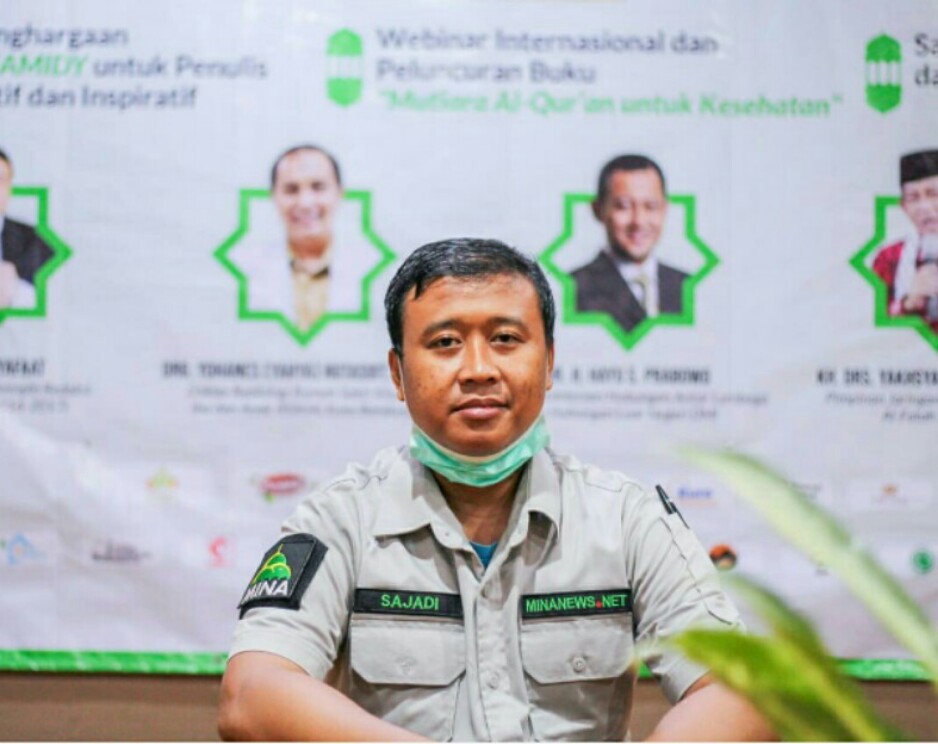
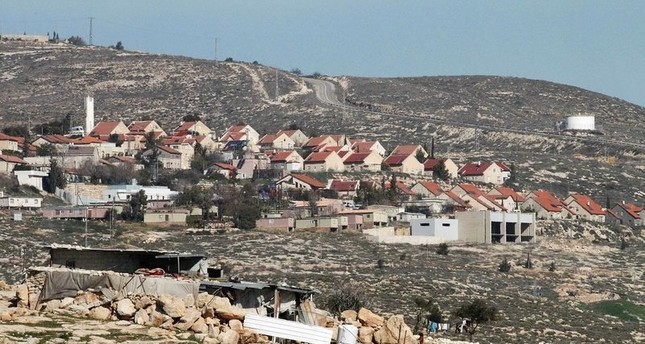





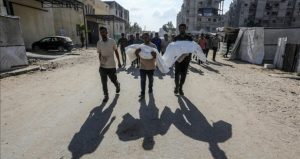



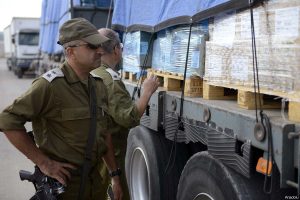
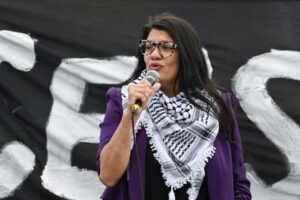










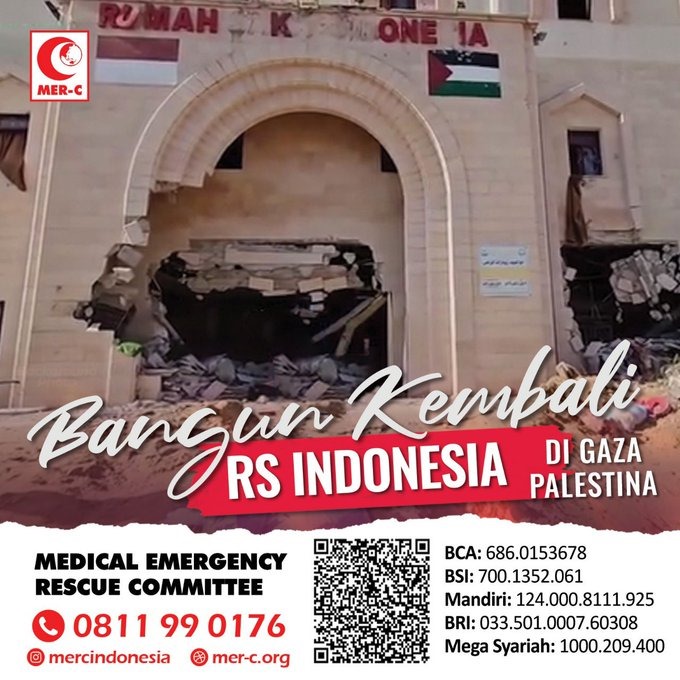
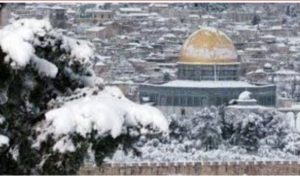

 Mina Indonesia
Mina Indonesia Mina Arabic
Mina Arabic